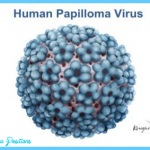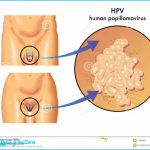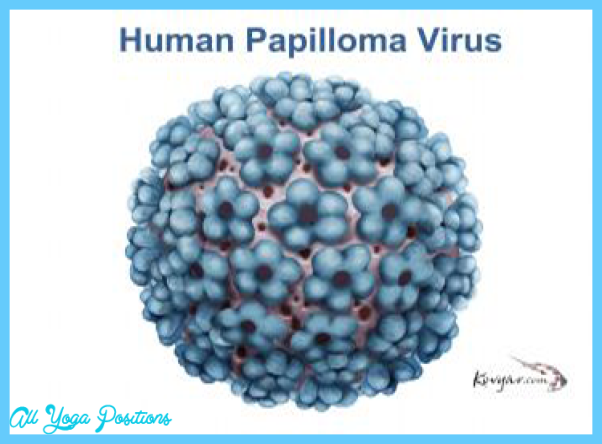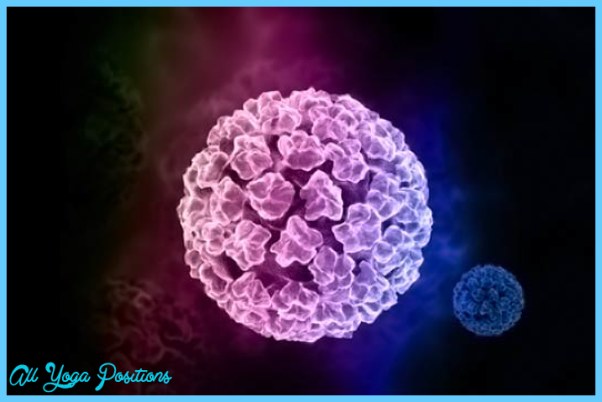Human Papillomavirus (HPV)
Human papillomavirus (HPV) infection causes several human diseases, including common warts, genital warts, and genital cancers. HPV also causes virtually all cervical cancer, as well as penile cancer and some forms of anal and oropharyngeal cancer. Genital HPV is usually spread through sexual activity, including oral sex.
HPV is the most common STI in the United States; more than 80% of sexually active people will have been infected with HPV by age 50. HPV is especially common in young people, with some of the highest infection rates among college students.
Two HPV vaccines Gardasil and Cervarix have been approved by the FDA. Gardasil protects against four types of HPV virus that account for 90% of genital warts and 70% of cervical cancers; Gardasil has also been shown to prevent cancers of the vagina and vulva. Cervarix protects against two types of HPV, but not against the types that cause genital warts. Some studies show that Cervarix may be more effective and may provide longer-lasting protection against the viral strains that cause cervical cancer.
Vaccination with Cervarix is approved for girls and women age 10-25; Gardasil is approved for girls and women age 9-26, and the CDC recommends the vaccine for all girls between the ages of 11 and 12. Even though relatively few young women received the vaccine since its introduction, the number of HPV cases has substantially declined. Gardasil is also recommended for use in boys and men ages 9-26 to prevent anal cancer. Many experts believe that it makes sense to routinely vaccinate young males for HPV to protect them from HPV-related diseases and to protect their female partners.
Human Papillomavirus HPV Photo Gallery
Symptoms HPV-infected tissue often appears normal; it may also look like anything from a small bump on the skin to a large warty growth. Untreated warts can grow together to form a cauliflower-like mass. In males, they appear on the penis and often involve the urethra, appearing first at the opening and then spreading inside. The growths may cause irritation and bleeding, leading to painful urination and a urethral discharge. Warts may also appear around the anus or within the rectum.
In women, warts may appear on the labia or vulva and may spread to the perineum, the area between the vagina and the anus. If warts occur only on the cervix, the woman will generally have no symptoms or awareness that she has HPV.
The incubation period ranges from 1 month to 2 years from the time of contact. People can be infected with the virus and be capable of transmitting it to their sex partners without having any symptoms at all. The vast majority of people with HPV infection have no visible warts or symptoms of any kind.
Diagnosis and Treatment Genital warts are usually diagnosed based on the appearance of the lesions. Frequently, HPV infection of the cervix is detected on routine Pap tests.
Treatment of genital warts focuses on reducing the number and size of warts. The currently available treatments do not eradicate HPV infection. Warts may be removed by cryosurgery (freezing), electrocautery (burning), or laser surgery. Direct applications of a cytotoxic acid may be used, and there are treatments that patients can use at home.
Even after treatment and the disappearance of visible warts, the individual may continue to carry HPV in healthy-looking tissue and can probably still infect others. Anyone who has ever had HPV should inform all partners. Condoms should be used, even though they do not provide total protection. As with HIV, circumcision may provide some protection against HPV.










